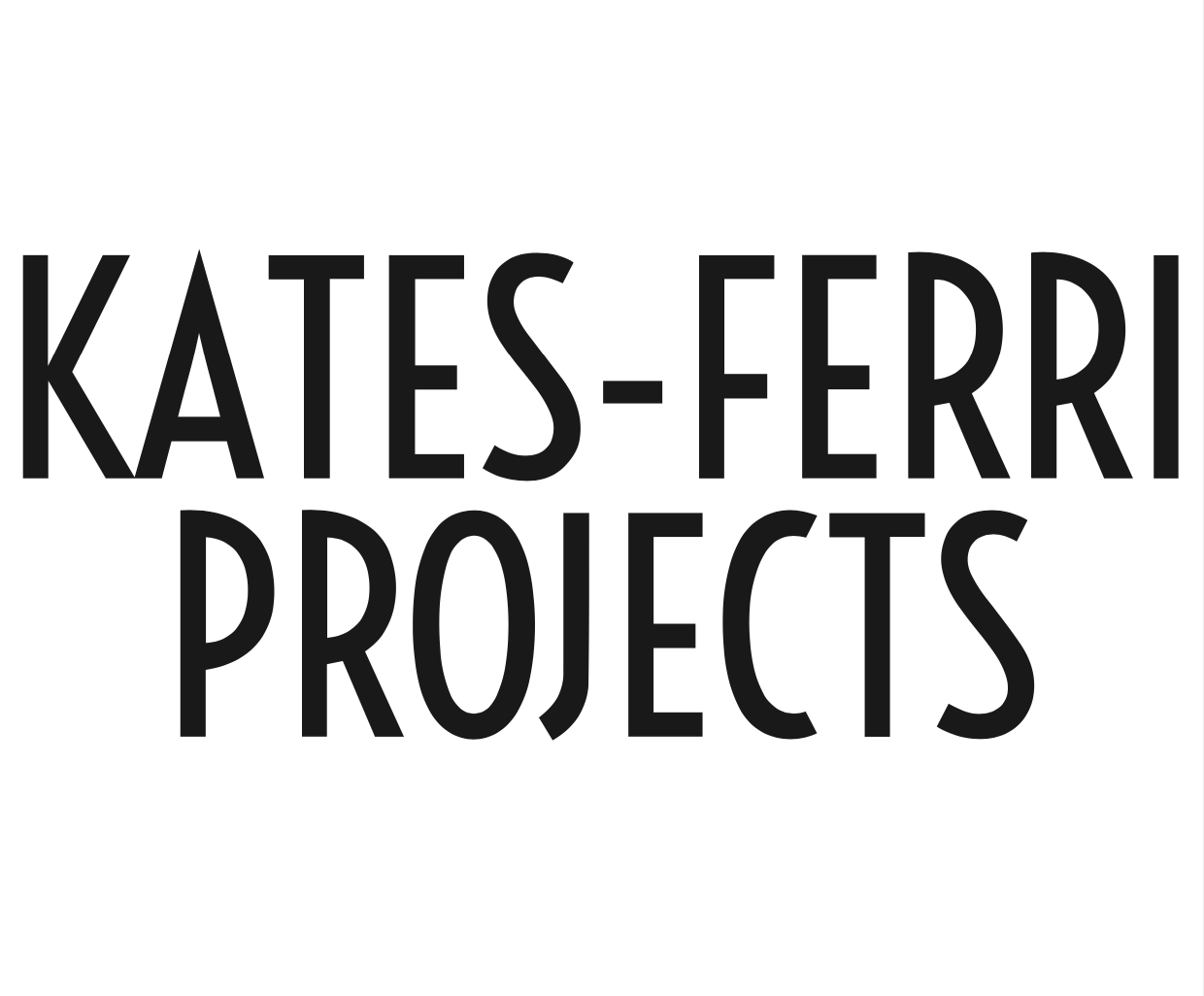Salvador Jiménez-Flores




Artist Bio: Salvador Jiménez-Flores is an interdisciplinary artist born and raised in Jalisco, México. He explores the politics of identity and the state of double consciousness. Jiménez-Flores addresses issues of colonization, migration, “the other,” and futurism by producing a mixture of socially conscious installation, public, and studio-based art. His work spans from community-based work, drawing, ceramics, prints, and mixed media sculpture.
Jiménez-Flores has received the 2021 United States Artist Fellowship, Joan Mitchell Foundation Painters & Sculptors Grants, The New England Foundation for the Arts and Threewalls’ RaD Lab+Outside the Walls Fellowship. He has received public sculpture commissions by The Richard Hunt Award and Artprize. He has lectured and exhibited extensively at venues including National Museum of Mexican Art, Grand Rapids Art Museum, Museum of Glass, Bemis Center for Contemporary Arts, Grounds For Sculpture and Museum of Art and Design, Crocker Museum, DePaul Art Museum, amongst others. He served as Artist-In-Residence for the city of Boston, Harvard Ceramics Program, Office of the Arts at Harvard University, Kohler Arts Industry, Haystack Mountain School of Craft, Watershed Center for the Ceramic Arts, Museum of Glass and Chasen Thajni: El límite de lo propio in Puebla, México. He is an Assistant Professor in ceramics at the School of the Art Institute of Chicago.
Jimenez-Flores is a former organizing member of The Color Network, an organization that promotes the advancement of people of color in the ceramic arts and assists artists develop, network, and create dialogue while maintaining a place for a database, resources, and mentorship. He is also a member of the Instituto Gráfico de Chicago, an organization inspired by the socio-political art of Mexico’s Taller de Gráfica Popular (The People’s Print Workshop) and uses art as a platform to inform and generate community discourse about urgent social issues.
Artist Statement: My body of work seeks to expand contributions to the artistic and scholarly explorations in politics of national identity and double consciousness within histories of colonization, migration, and the idea of “the other” in American life. By deploying aesthetic movements like futurism through the production of conscious installations, studio-based and public art, I highlight the struggles and complexities of the diverse experiences of Latinx people living in the United States.
As an artist born and raised in Jalisco, México, my identity as an immigrant and an American means occupying a life of domestic alienness. To borrow from W.E.B Du Bois’s writing, The Souls of Black Folk (1903), the Latinx immigrant in America often struggles with the duality of living in their adopted country, while not entirely belonging to its political community as social equals. Indeed, what is otherwise a legal migratory status is inverted into the putatively racialize experience of caste in a white-dominated society that disavows one’s dignity. Hence, as Du Bois observed over a century ago, to live in this dichotomous political space is a peculiar sensation: it is “this double-consciousness, this sense of always looking at one’s self through the eyes of others.” As a person whose life and work embodies this peculiarity, I employ the talents of my artistic expression to showcase the significance of this concept and its relevance for immigrants and other Americans whose racialized cultures mean having to be seen as a permanent other living at the margins of the center.
My latest research is about exploring and developing a Rasquache-Futuristic aesthetic in my artwork where I could articulate pre-Columbian, colonial, and post-colonial histories. For me, rasquache is the survivalist approach of making do with what is available. As an immigrant I have developed a resiliency of constantly transforming social and economic instabilities into a positive creative attitude to overcome barriers. Rasquache is also the alchemist approach of being resourceful by re-purposing found or discarded objects through appropriation and juxtaposition. I am interested in the visual eclecticism of popular cultural, symbols, languages, nations and histories. I combine my skills in design, craft, fine art, and new technologies with the goal of capturing poignant and compelling visual representation of the complexities of Latinx people in the United States. I welcome this chaos and contradictions in my work, mending these visual and cultural references by producing humorous, political and witty sculptures with a magical realism twist.
Through craft histories I want to channel into transgenerational knowledge creating artwork that can be the bridge to new realities. I am interested in experimenting with craft base media, such as, palm weaving, textiles, wearables, clay, metal, wood and glass. I want to promote the importance of preserving forgotten craft forms and combining craft with contemporary issues to create artworks that reflects the intricacies and desires for under-represented people in the United States.
All over the world, we identify people by their physical appearance, residue of colonial labels still persists. Through mainstream media and most science fiction content, the future is typically imagined as white. People of color have been erased from the future altogether. I want to reimagine what an alternative future could look like through my art; I want to contribute towards a world that is more inclusive and reflective of our society. A future where people of color are visible, leaders, and appreciated for our contributions.
Social: @salvador_jimenez_flores
